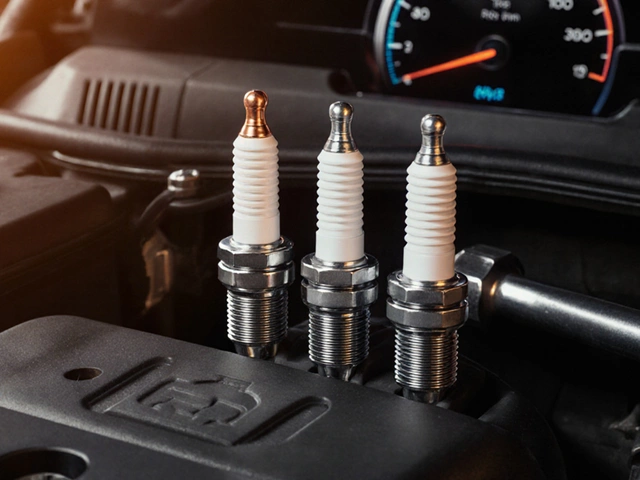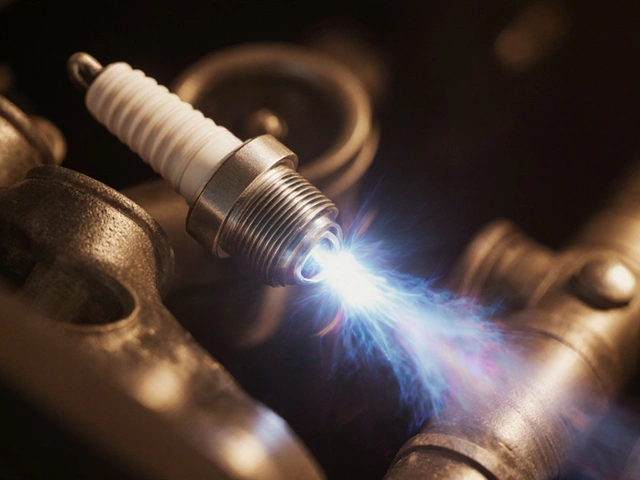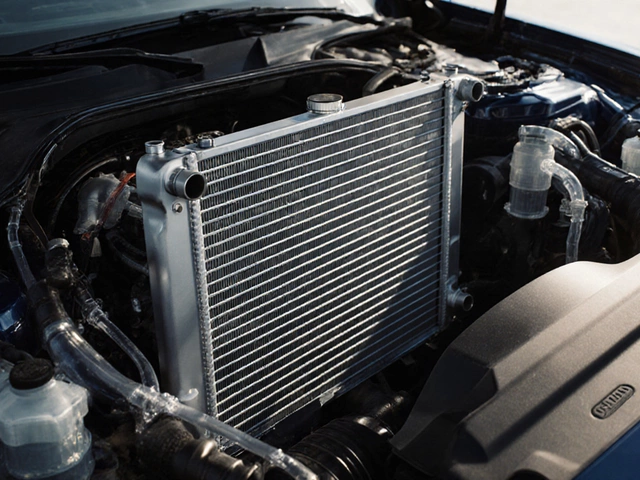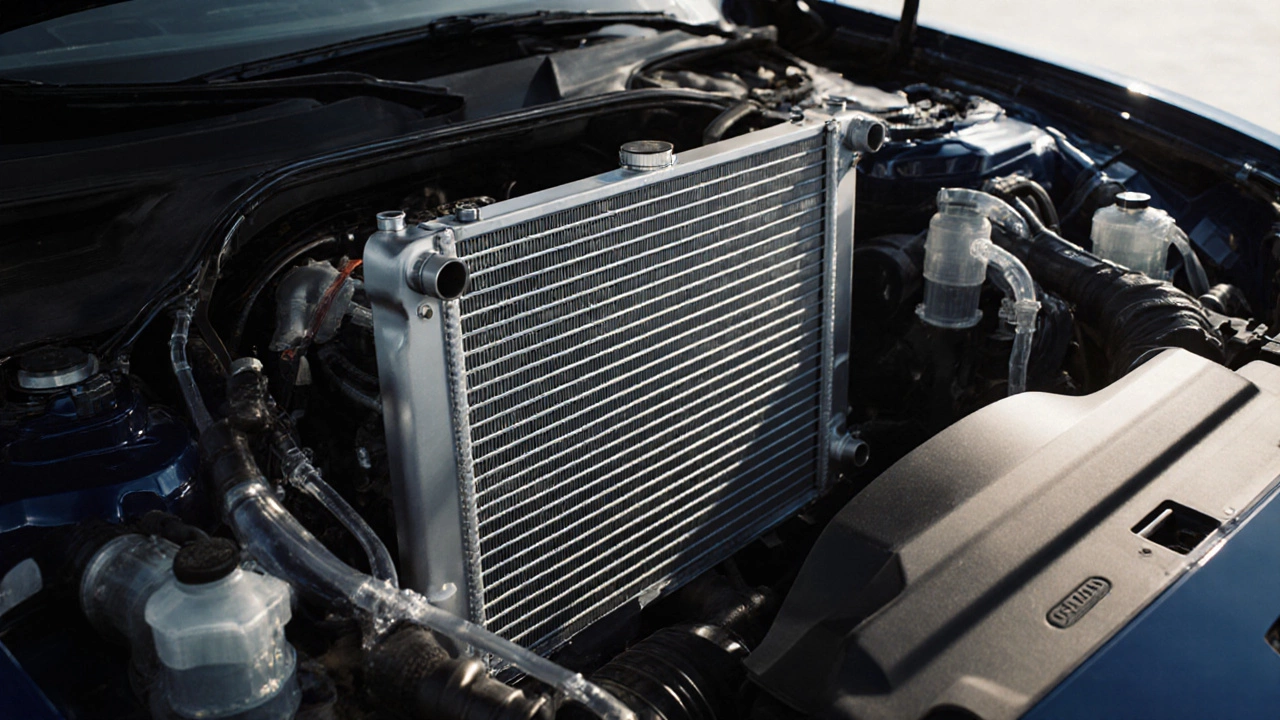
Radiator Health Checker
Check Your Cooling System
Answer these questions to determine if your radiator might need attention. Select all symptoms you're experiencing.
Your Cooling System Assessment
Ever look under the hood of a new car and wonder where the radiator is? You’re not alone. Many people assume modern cars don’t need them anymore-especially with all the talk about electric vehicles and high-tech cooling. But here’s the truth: cars still have radiators. They just look and work differently than the big metal boxes from the 1990s.
Why People Think Radiators Are Gone
The confusion comes from a few places. First, electric vehicles (EVs) don’t have internal combustion engines, so they don’t need to cool down cylinders firing 2,000 times a minute. That makes people think, ‘No engine = no radiator.’ Second, modern cars hide their cooling parts better. You won’t see a huge grille-mounted radiator like on a 1987 Camaro. Third, some EVs use liquid-cooled battery packs with small heat exchangers that look nothing like traditional radiators. But here’s the key point: all cars that run on gasoline, diesel, or even plug-in hybrids still need to manage heat. And that’s where radiators come in.How Traditional Radiators Still Work in Gas and Diesel Cars
In a gas or diesel car, the engine generates insane amounts of heat-up to 2,000°F in the combustion chamber. Even though modern engines are more efficient, they still produce enough heat to melt aluminum if left unchecked. That’s where the radiator steps in. The radiator is part of a closed-loop liquid cooling system. Coolant (a mix of water and antifreeze) flows through passages around the engine, soaking up heat. Then it travels to the radiator, where air flowing through the fins (either from driving or a fan) pulls that heat away. The cooled fluid returns to the engine, and the cycle repeats. Modern radiators are lighter and more efficient. Most are made of aluminum with plastic end tanks-no more brass and copper. They’re thinner, too, to fit into tighter engine bays. But the function hasn’t changed: heat in, air cools it, heat out.What About Electric Vehicles? Do They Have Radiators?
EVs don’t have engines, but they still generate heat. The electric motor, power inverter, and especially the battery pack get hot during fast charging or aggressive driving. Overheating can kill battery life or even cause a shutdown. Most EVs use liquid cooling for their battery packs. That means they have coolant lines, pumps, and heat exchangers. Some EVs, like the Tesla Model S, have a dedicated radiator to cool the battery coolant. Others, like the Hyundai Ioniq 5, use a single cooling loop that handles both the battery and the motor. In these cases, the radiator might be smaller, hidden behind the front bumper, or even integrated into the air conditioning system. So yes-EVs have radiators. They just don’t look like the ones in your dad’s Ford F-150.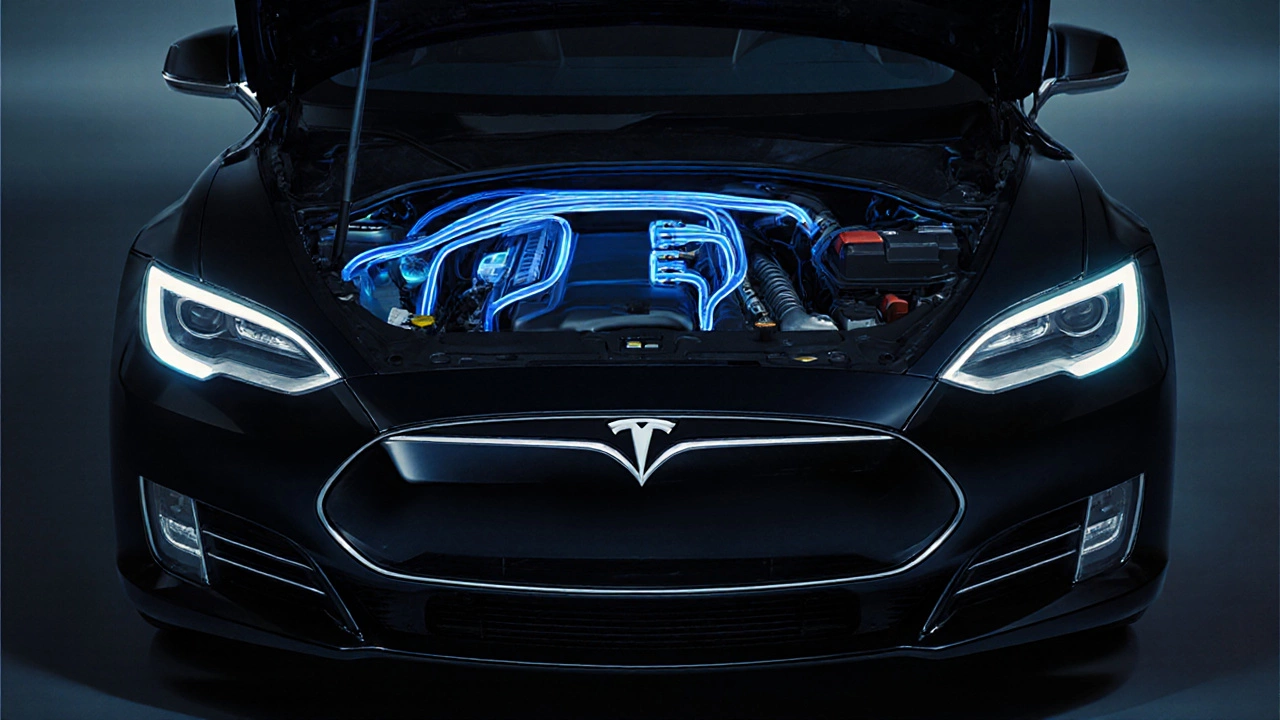
Hybrid Cars: The Middle Ground
Hybrids like the Toyota Prius or Honda Insight have both an engine and an electric motor. That means they need to cool two heat sources. Most hybrids use two separate cooling loops: one for the engine (with a traditional radiator) and one for the electric components (with a smaller radiator or heat exchanger). Some models combine them into a single system to save space and weight. You’ll often find two radiator units in hybrids-one for the engine, one for the battery/inverter. If your hybrid overheats, it’s not because the radiator’s gone. It’s probably because one of them is clogged or leaking.What Happens If a Radiator Fails?
A bad radiator doesn’t just mean your car runs hot. It can wreck your engine in minutes. Here’s what happens:- Engine overheats → head gasket blows → coolant leaks into cylinders
- Overheating warps the cylinder head → expensive repair or engine replacement
- High temps damage sensors, oil seals, and even the transmission in some cars
- In EVs, a failed cooling system can permanently reduce battery capacity or trigger a safety shutdown
Signs Your Radiator Needs Attention
You don’t need a mechanic to spot trouble. Here are five clear signs:- Engine temperature gauge climbs into the red zone
- Coolant puddles under the car-especially near the front
- Rusty or gunky coolant in the reservoir (should be bright green, orange, or red)
- Steam or smoke coming from under the hood
- Heater inside the car blows cold air (coolant isn’t circulating)
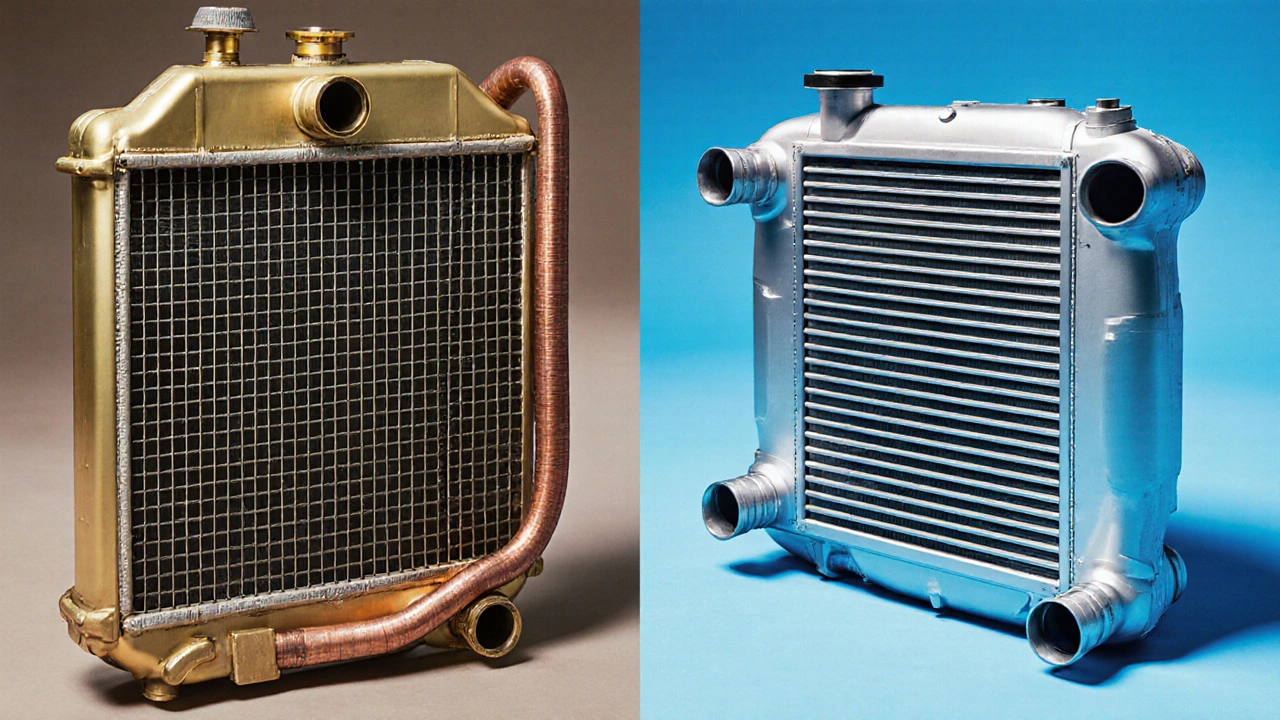
What’s Changing in Radiator Design?
Radiators aren’t standing still. Here are three big trends in 2025:- Smaller, smarter designs: With tighter engine bays and aerodynamic goals, radiators are now thinner and shaped to fit around other components like air conditioners and intercoolers.
- Multi-function units: Some cars now combine the radiator, oil cooler, and transmission cooler into one compact module. It saves weight and improves efficiency.
- Active grille shutters: Many new cars have motorized panels in the front grille that open and close. When the engine is cold, they stay shut to warm up faster. When it’s hot, they open wide to let more air through. This cuts drag and improves fuel economy.
Electric Cars and the Future of Cooling
Some futurists claim that solid-state batteries will eliminate the need for liquid cooling entirely. That’s still years away. Even Tesla, with its advanced battery tech, still uses liquid cooling in every Model 3 and Model Y. Why? Because heat is still the enemy of lithium-ion batteries. At 100°F and above, battery degradation speeds up. At 140°F, you risk thermal runaway-a dangerous chain reaction that can cause fires. Liquid cooling is the most reliable way to keep batteries between 68°F and 86°F. So unless a new battery chemistry emerges that doesn’t generate heat or can dissipate it passively (like air cooling), radiators-or their modern cousins-will stick around.Bottom Line: Radiators Are Here to Stay
Yes, the shape, size, and location of radiators have changed. Yes, EVs use different cooling methods. But the core idea hasn’t changed: if something generates heat, it needs to get rid of it. Whether you drive a gasoline-powered pickup, a hybrid SUV, or a Tesla Model S, your car still has a radiator. It might be hidden behind a plastic cover, tucked beside the air conditioning unit, or integrated into the battery pack-but it’s there. Don’t let modern design fool you. Your radiator isn’t outdated. It’s essential. And if you want your car to last, treat it like the lifeline it is.Do electric cars have radiators?
Yes, most electric cars have radiators or heat exchangers to cool the battery pack and power electronics. While they don’t cool an engine, they still need liquid cooling to prevent overheating during fast charging or heavy use. The radiator might be smaller and integrated into the cooling loop, but it’s still a critical part of the system.
Can a car run without a radiator?
No, a gasoline or diesel car cannot run safely without a radiator. Without cooling, the engine will overheat within minutes, leading to warped cylinder heads, blown head gaskets, or even a seized engine. Even EVs can’t operate safely without their cooling systems-they’ll shut down or suffer permanent battery damage.
Why do modern radiators look so different?
Modern radiators are made of lightweight aluminum and plastic to save weight and fit into tighter engine bays. They’re also designed to work with other systems like air conditioning and turbochargers. Some are even combined with oil or transmission coolers. The goal is efficiency, not appearance.
How often should I replace my radiator?
Most radiators last 8 to 12 years or 100,000 to 150,000 miles. But leaks, corrosion, or debris can shorten that. Check coolant condition and look for leaks every 6 months. If your coolant looks rusty or your car overheats, don’t wait-replace it before the engine is damaged.
Is it safe to drive with a leaking radiator?
No. Even a small leak can lead to overheating. Coolant loss is gradual, but once the level drops too low, the engine will overheat fast. Driving with a leak risks expensive damage. Get it fixed before your next long trip.

